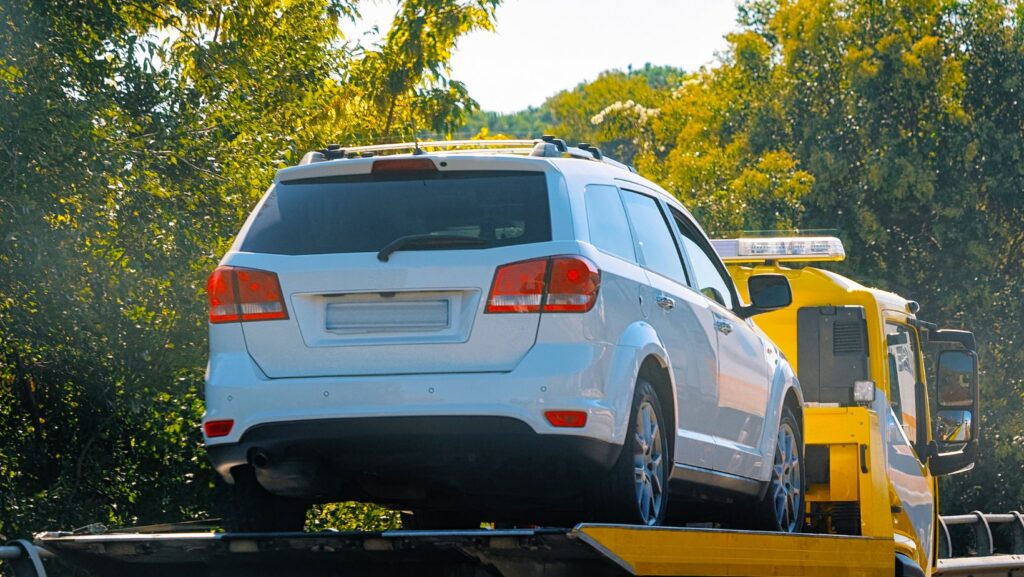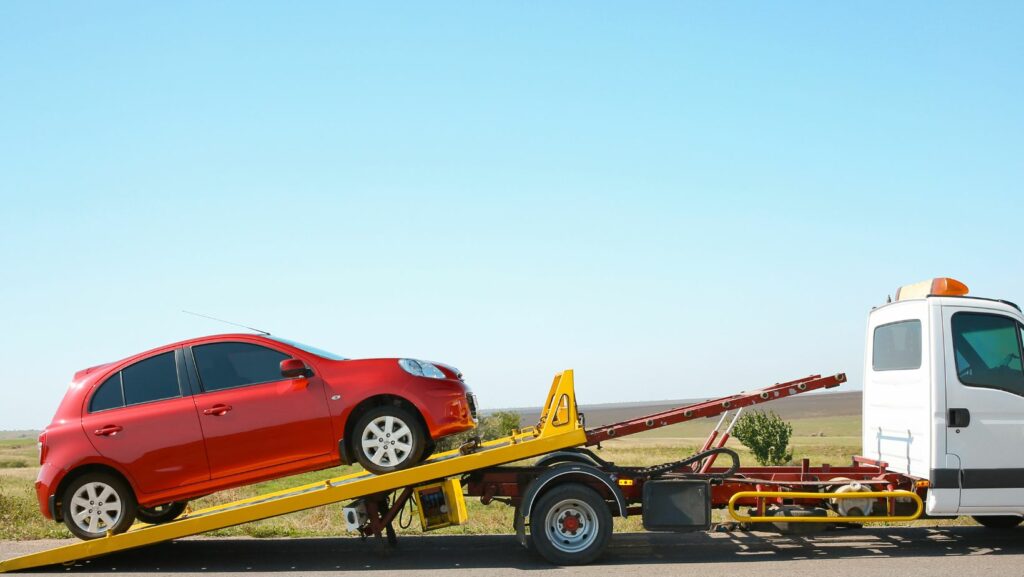Anyone who’s been in the towing industry for a while understands one fact: no two jobs are similar. If you’re just thinking about joining this industry as a tow truck driver, it’s important to understand the kinds of vehicles you will be driving. It may not sound all that important at first, but it’s essential for doing the job safely, efficiently, and profitably.
Below, we’ll break down the four primary tow truck types, how they work, and when operators should use them.
1. Hook and Chain Tow Trucks
Think of this one as the “classic” tow truck. Hook and chain models have existed for decades, relying on – you guessed it – a hook, chain, and boom to pull vehicles. The operator attaches the chain around the axle or frame, lifts the front (or rear) set of wheels off the ground, and then tows the vehicle away.
One thing you will learn throughout your career, even from tow operator continuing education, is that you must choose the right type of truck depending on the situation. This one is best for wrecked or junk vehicles that aren’t roadworthy. It’s limited now since modern vehicles have advanced suspensions, delicate drivetrains, and complex electronics. Using a hook and chain tow truck on such vehicles can easily damage them.
2. Wheel-Lift Tow Trucks
Wheel-lift trucks are the evolution of the hook-and-chain model. Rather than using chains, they use a metal yoke and a hydraulic lift to elevate the front or rear wheels. You can either leave the remaining two wheels on the ground or use a dolly to avoid damaging the transmission.
This tow truck style is best for short-distance tows, repossessions, or moving cars out of tight spaces. Operators like them because they are quicker and less prone to damage cars than hook-and-chain trucks.
They are also a bit more versatile and can easily handle vehicles parked in crowded urban regions when manoeuvrability matters a lot. However, they are not the best choice for longer hauls or heavier-duty vehicles.
3. Flatbed or Rollback Tow Trucks
Any time you see a car being transported on a highway, chances are it will be on a flatbed. Such trucks use a hydraulic system to lower and tilt their beds to the ground, allowing vehicles to be driven or winched onto the platform. Once loaded, the car is secured onto the bed using either straps or chains.

Flatbed trucks are arguably the easiest to operate, making them a rather popular choice for roadside assistance. They are perfect for long-distance towing, hauling high-end or all-wheel-drive vehicles, and situations where no extra wear on the vehicle is acceptable.
Many recovery towing companies prefer using them to pick up and transport vehicles involved in accidents. They can also be used to support drivers stranded on the road due to issues like engine malfunctions or empty fuel tanks.
4. Integrated (Heavy-Duty) Tow Trucks
These are the heavy hitters of the towing world. Integrated trucks combine the wheel-lift and boom features into a reinforced, high-capacity system that’s designed for buses, tractor-trailers, and other large commercial vehicles.
If you ever have to drive one, you’ll typically use it for highway recoveries, large vehicle towing, and situations that demand maximum strength and reliability. Integrated trucks often have extra axles and sophisticated hydraulics to balance extreme loads.
Acquire or Boost Your Tow Truck Driving
The towing industry continues to evolve alongside vehicle technology, making it crucial for tow truck operators to keep up. And as problem solvers, tow truck drivers must be able to decide which truck is perfect for specific situations.
But that’s not where it ends. You also want to equip yourself with information that helps you work more effectively and reliably while ensuring the safety of other road users. For this, head over to rocketcert.com to take your continuing education courses.

